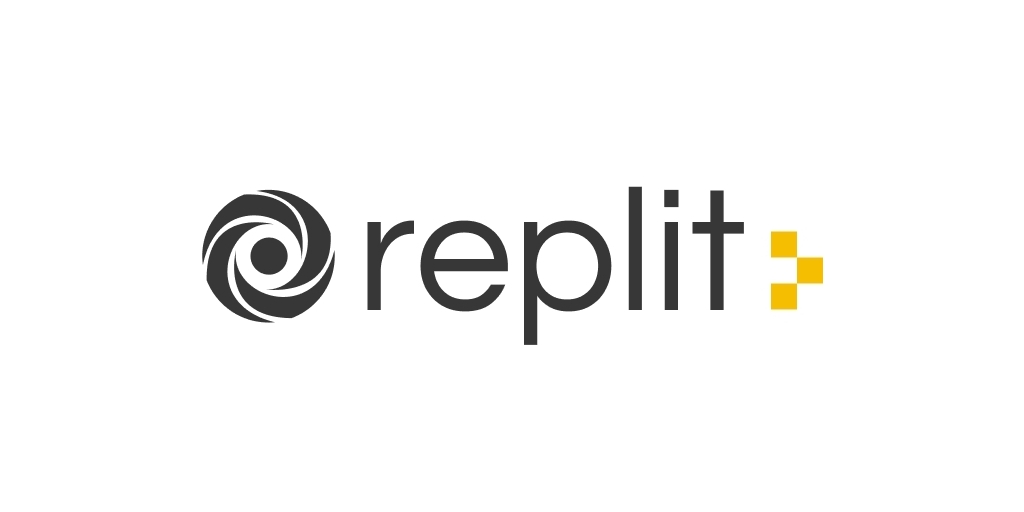
In the rapidly evolving landscape of programming and software development, tools that streamline the coding process and foster collaboration have become paramount. Replit is one such platform that has gained prominence for its innovative approach to coding education, collaborative development, and providing an accessible environment for coding enthusiasts at all levels.
I. Background and Origins:
Replit was founded in [insert year] by [founder(s) name(s)]. The platform emerged as a response to the need for a more user-friendly and collaborative coding environment, especially for beginners. Its inception aimed to break down barriers to entry in programming and make coding accessible to a wider audience.
II. Key Features:
a. Online Coding Environment: Replit provides an integrated development environment (IDE) accessible through a web browser. This eliminates the need for users to set up a local development environment, making it easier for beginners to get started with coding.
b. Multi-Language Support: The platform supports a wide array of programming languages, catering to the diverse needs of developers. From Python and JavaScript to Java and C++, Replit accommodates a broad spectrum of languages, enhancing its versatility.
c. Collaborative Coding: One of the standout features of Replit is its emphasis on collaborative coding. Users can seamlessly work on projects together in real-time, fostering teamwork and enhancing the learning experience. This collaborative aspect makes it an ideal tool for educational settings and group projects.
d. Instant Feedback: Replit offers instant feedback to users as they code. This real-time feedback mechanism is invaluable for learning, as it allows users to identify and rectify errors promptly. It creates an interactive learning environment that accelerates the learning curve for beginners.
e. Project Sharing and Showcasing: Users can easily share their Replit projects with others, promoting knowledge sharing and collaboration. This feature not only facilitates code sharing but also allows users to showcase their work within the Replit community.
III. Education and Learning:
a. Coding Challenges and Exercises: Replit integrates coding challenges and exercises into its platform, providing users with hands-on opportunities to apply their coding skills. These challenges are structured to cater to different skill levels, making Replit an effective tool for both beginners and more advanced developers.
b. Educational Resources: In addition to the coding environment, Replit offers educational resources such as tutorials, documentation, and guides. These resources are designed to support learners in their coding journey, offering insights into best practices and coding principles.
c. Integration with Educational Curricula: Replit has gained popularity in educational settings, with teachers incorporating it into their curricula. The platform’s collaborative features and user-friendly interface make it conducive to classroom environments, encouraging student engagement and participation.
IV. Community and Social Aspects:
a. Replit Community: Replit has cultivated a vibrant and active community of developers and learners. The community serves as a space for discussions, collaborations, and the sharing of knowledge. Users can seek help, provide insights, and connect with like-minded individuals.
b. Hackathons and Competitions: The platform hosts hackathons and coding competitions, further fostering a sense of community and providing users with opportunities to showcase their skills. These events contribute to the collaborative spirit that defines the Replit ecosystem.
V. Industry Adoption and Use Cases:
a. Startups and Small Businesses: Replit has found applications in startups and small businesses where quick prototyping and collaborative development are crucial. The platform’s accessibility and ease of use make it an attractive choice for agile development teams with limited resources.
b. Learning Institutions: Educational institutions, ranging from primary schools to universities, have adopted Replit as a teaching tool. Its collaborative features and emphasis on instant feedback align well with modern pedagogical approaches, making it a valuable asset in coding education.
c. Open Source Projects: Replit has supported various open source projects, and its collaborative features have proven beneficial for distributed development teams. The platform’s ability to facilitate teamwork across geographical boundaries contributes to its versatility in open source environments.
VI. Criticisms and Challenges:
a. Limited Offline Functionality: One notable criticism of Replit is its reliance on an internet connection. Users may face challenges when working in environments with limited or no internet access. Enhancing offline functionality could address this concern.
b. Dependency on Platform Stability: As a cloud-based platform, Replit’s performance is contingent on the stability of its servers. Any disruptions or downtime can impact users’ ability to access their projects and may pose challenges for time-sensitive tasks.
VII. Future Developments and Trends:
a. Continuous Improvement and Updates: Replit, like any evolving platform, undergoes continuous improvements and updates. The company’s commitment to addressing user feedback and staying abreast of technological advancements positions it for sustained relevance in the coding ecosystem.
b. Integration with Emerging Technologies: The future of Replit may involve tighter integration with emerging technologies such as artificial intelligence and machine learning. Adapting to evolving industry trends will be crucial for maintaining its competitive edge.
Conclusion:
In conclusion, Replit stands as a testament to the transformative potential of innovative coding platforms. Its emphasis on accessibility, collaboration, and education has positioned it as a valuable tool for both beginners and experienced developers alike. While it faces certain criticisms, its continued evolution and community-driven development make it a noteworthy player in the coding ecosystem. As technology advances, Replit’s role in shaping the future of coding and collaborative development remains one to watch.